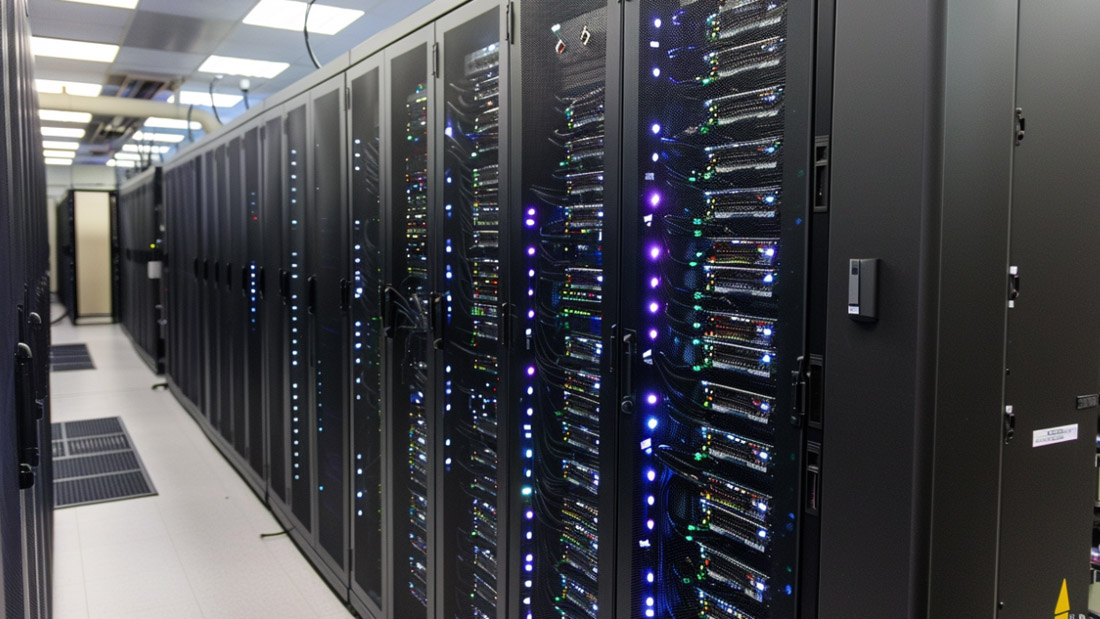Emerging Cyber Threats: What to Expect and How to Prepare in 2023
August 10, 2023
Go back to "News & Updates"

In a digital age where data is the new gold, cybersecurity remains paramount for businesses, governments, and individuals alike. As technology advances, so does the sophistication and frequency of cyber threats. The year 2023 is no exception. With cybercriminals exploiting new frontiers and technologies, staying ahead of the curve is more important than ever. Let’s dive into the emerging cyber threats of 2023 and offer practical ways to prepare against them.
1. Deepfake Technology and Phishing 2.0
What to expect: Advances in AI and machine learning have given birth to the era of deepfakes—realistic fake videos or audios that can imitate almost anyone. Cybercriminals are leveraging this to create more sophisticated phishing scams.
How to prepare: Employee education is crucial. Conduct regular training to identify deepfake scams. Additionally, utilize multi-factor authentication and ensure employees double-check with colleagues before acting on unusual requests.
2. IoT (Internet of Things) Device Vulnerabilities
What to expect: As more devices connect to the internet, the attack surface for hackers increases. Devices like smart thermostats, fridges, and even toasters can become entry points for cyberattacks.
How to prepare: Change default passwords on all IoT devices, regularly update their firmware, and segregate them from critical business or personal networks using VLANs.
3. Ransomware Attacks on Cloud Platforms
What to expect: The cloud has become a prime target. As businesses migrate to cloud platforms, cybercriminals are evolving their tactics to exploit cloud-specific vulnerabilities.
How to prepare: Regularly back up your data off-cloud. Employ cloud security tools, practice strict access controls, and always encrypt sensitive data.
4. AI-Powered Cyberattacks
What to expect: Cybercriminals are harnessing the power of AI to scan for vulnerabilities, automate attacks, and adapt to defensive measures in real-time.
How to prepare: Employ AI-based threat detection and response tools. Keeping software up to date is vital, as patches often close known vulnerabilities.
5. Supply Chain Attacks
What to expect: Instead of directly attacking a large corporation, hackers target a more vulnerable entity in the supply chain to gain access.
How to prepare: Regularly assess the security protocols of your suppliers and partners. Ensure they adhere to best practices and consider contractual clauses that mandate periodic security checks.
6. Increased Mobile Threats
What to expect: As mobile usage surpasses desktops, cyberattacks targeting smartphones and tablets are on the rise. Expect more malicious apps, man-in-the-middle attacks, and mobile ransomware.
How to prepare: Install reputed security apps, avoid downloading from unofficial app stores, and keep your devices updated.
Best Practices for Cyber Resilience in 2023
1. Continuous Education: Ensure that both tech and non-tech staff are educated about the latest threats.
2. Hybrid Defense Strategy: Combine traditional cybersecurity defenses with newer AI-driven tools.
3. Regular Audits: Periodically assess your cybersecurity infrastructure for vulnerabilities.
4. Incident Response Plan: Always have a plan in place for potential breaches, ensuring quick action and damage control.
In conclusion, 2023 brings with it a slew of advanced cyber threats. By understanding these threats and implementing strategic measures, businesses and individuals can better safeguard their digital assets. Always remember, in the world of cyber warfare, a proactive stance is infinitely better than a reactive one.











